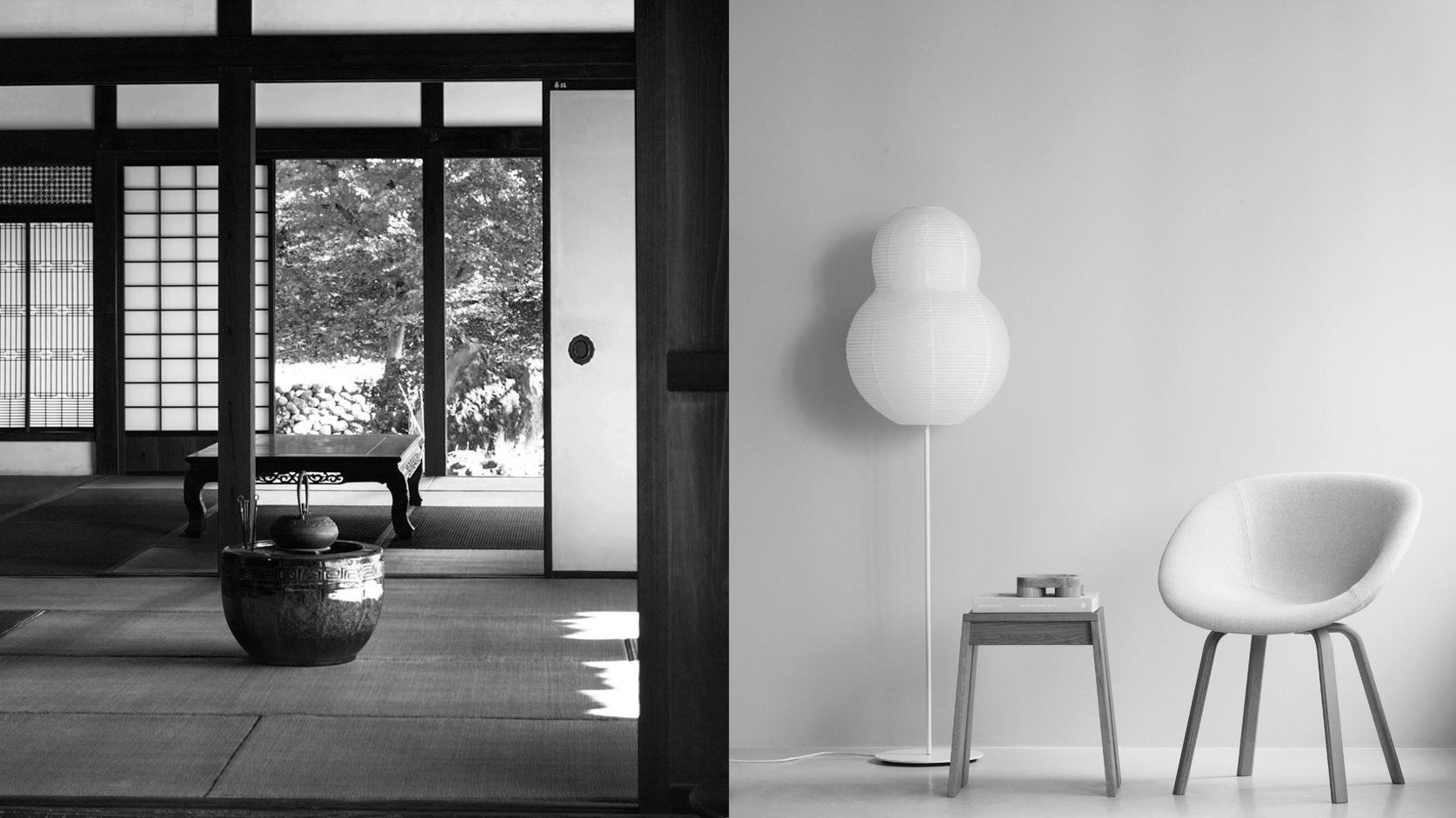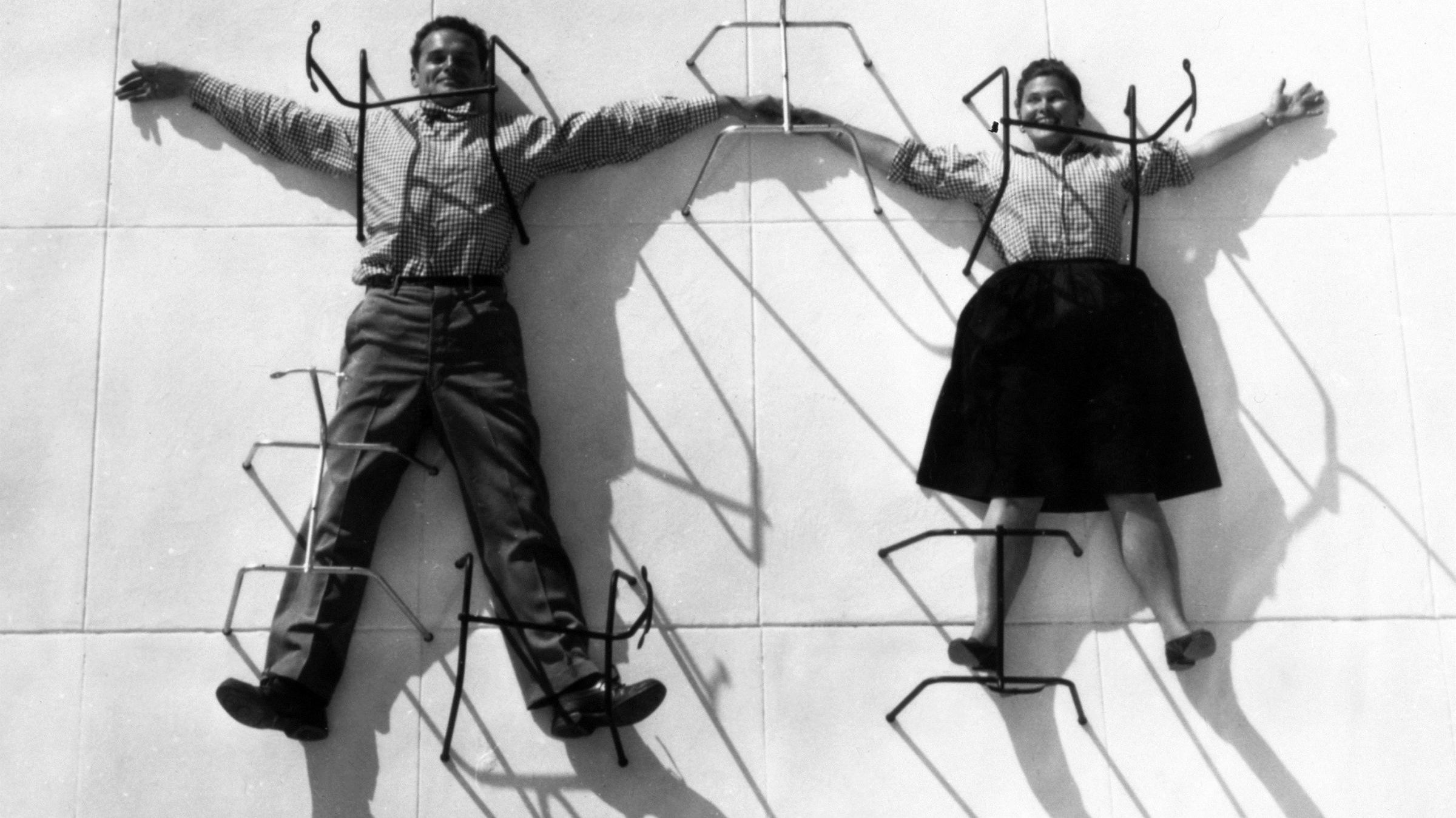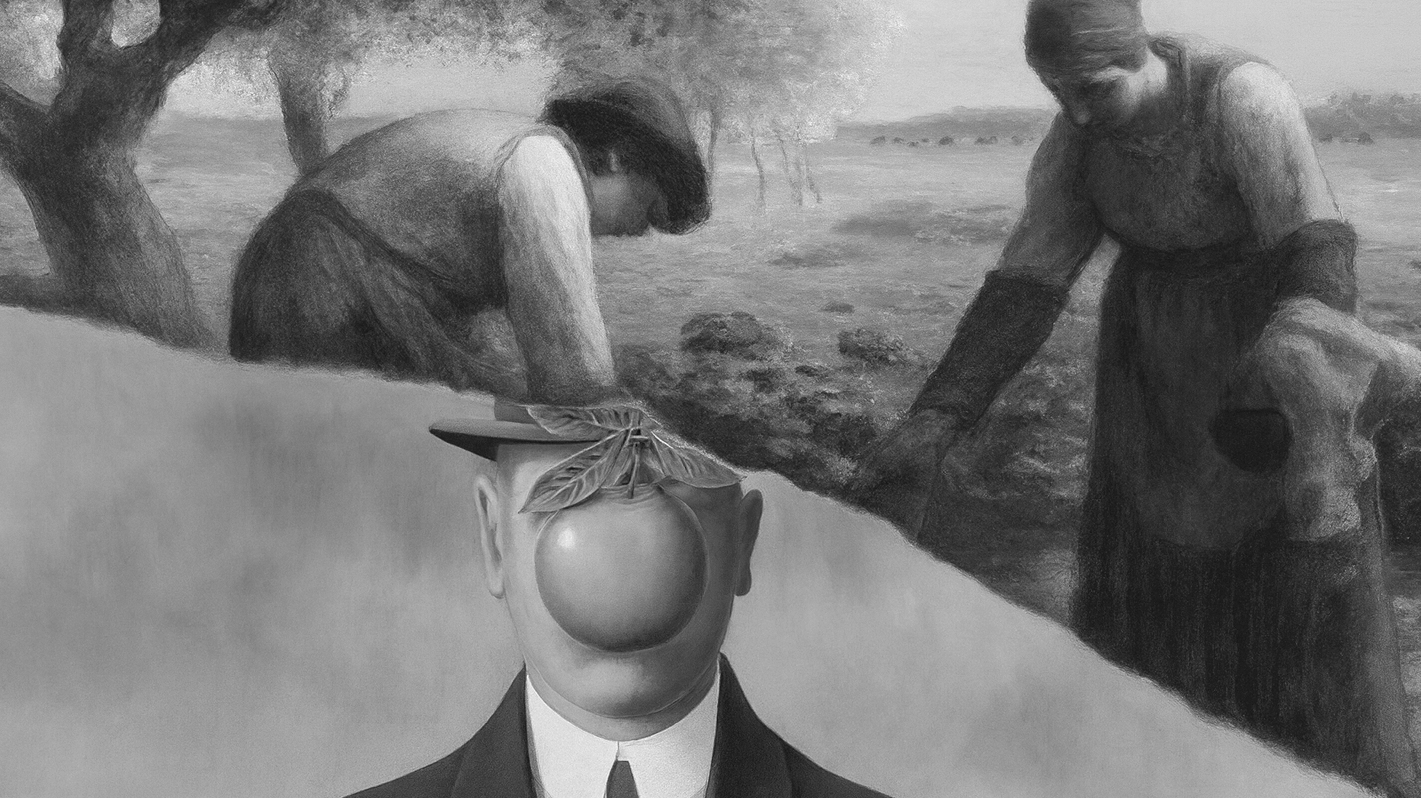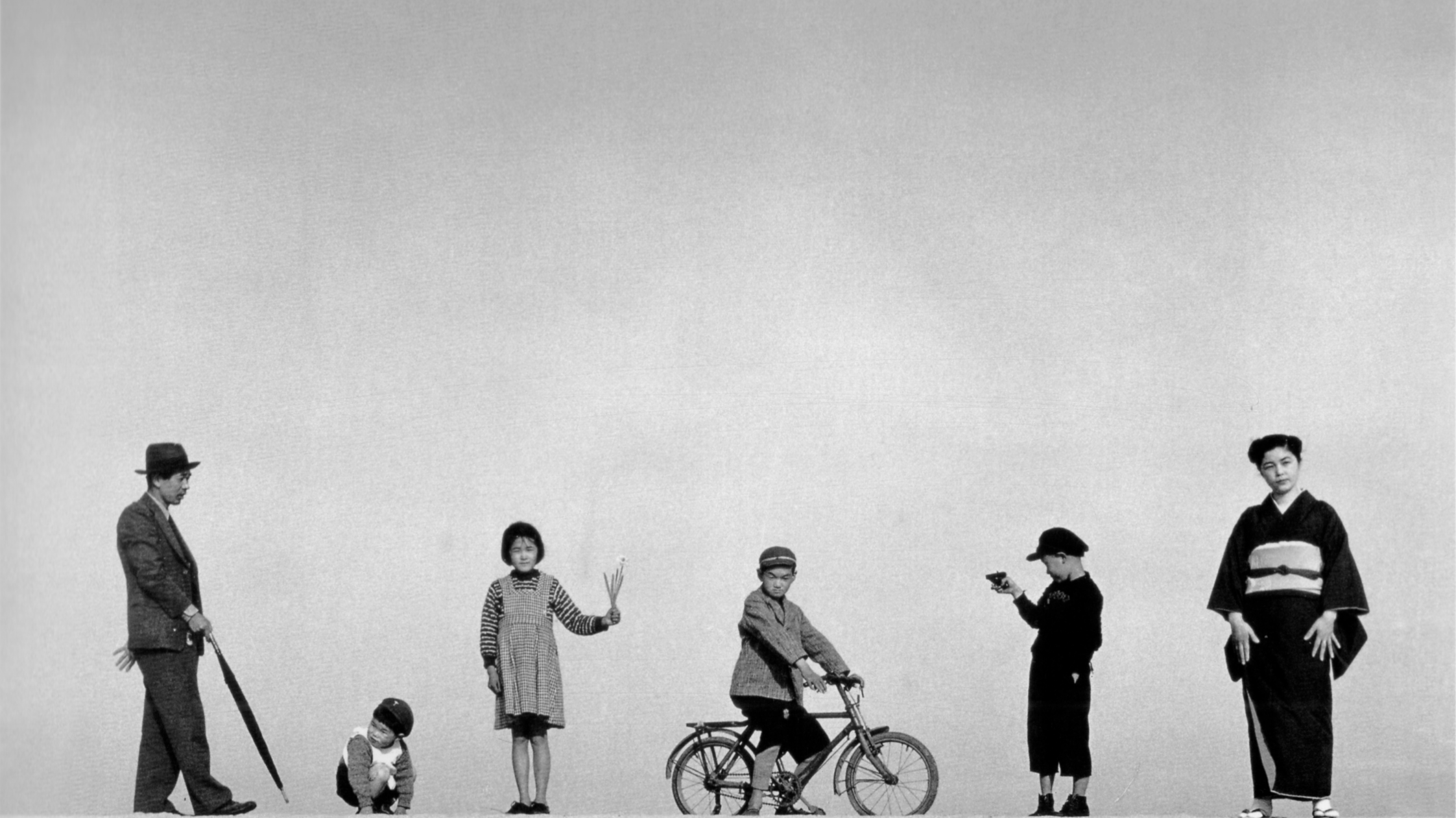Self-portraits have been a key part of art history for centuries, offering artists a unique way to express their identity and perspective. But have you ever wondered why so many artists are drawn to painting their own image? What motivates them to return to this form of self-expression repeatedly? In this article, we’ll explore the reasons why self-portraits are significant to artists and why they continue to play an important role in the art world.

Frida Kahlo, Autorretrato con traje de terciopelo, 1926. Galeria Enrique Guerrero.
(Self-Portraits in Art: Why Artists Choose Themselves as Subjects? - dans le gris)
The Rise of Self-Portraits in the Renaissance
Self-portraits have a rich history that dates back centuries, with significant developments starting in the Renaissance. Before this period, artists were often hesitant to feature themselves prominently in their work. They might include a small likeness in the background of a busy group scene, but rarely did they create a standalone self-portrait. It wasn't until the 15th century, with the German artist Albrecht Dürer, that self-portraiture began to emerge as its own genre. Dürer created detailed images of his face and torso, marking a pivotal shift in how artists viewed and represented themselves.
Dürer’s journey into self-portraiture began at a young age. The German Renaissance master first drew a self-portrait when he was just 13 years old. By the time he turned 22, he painted Portrait of the Artist Holding a Thistle, one of his earliest surviving self-portraits. In this piece, Dürer portrays himself as a young man, shortly after completing his formal artistic training. He holds a thistle in his right hand, which has various possible interpretations. It might symbolize loyalty or reflect themes of suffering and the fleeting nature of life—common ideas in the art of that time. Some believe that Dürer created this painting as a gift for his fiancée, Agnes Frey, whom he married soon after, with the thistle symbolizing fidelity. Another theory suggests that the thistle represents the crown of thorns from Christ's Passion, adding a deeper spiritual meaning to the work.

Albrecht Dürer, Portrait of the Artist Holding a Thistle, 1493. Louvre, Paris.
(Self-Portraits in Art: Why Artists Choose Themselves as Subjects? - dans le gris)
How Mirrors Changed Self-Portrait Art
After Albrecht Dürer’s groundbreaking work, the popularity of self-portraits continued to grow during the Renaissance. This period, spanning from the 14th to the 17th century, was a time of cultural rebirth in Europe, where people became more interested in art, humanism, and exploring individual identity. Improvements in mirror technology during this time also made it easier for artists to see their own reflections and incorporate their likenesses into their work.
This focus on the self became even more evident in the work of the Italian painter Parmigianino, considered one of the most innovative artists of early 16th-century Northern Italy. His Self-Portrait in a Convex Mirror (1524) is a notable example of experimentation with perspective. Parmigianino painted himself as he appeared in a curved mirror, capturing a distorted yet intimate view. This technical challenge demonstrated his skill and his desire to present a unique perspective. The piece is one of the earliest examples of an artist using self-portraiture to push the boundaries of realism and artistic expression. Parmigianino didn’t just observe himself in the convex mirror—he carefully recreated what he saw.

Parmigianino, Convex Mirror Parmigianino, 1524.
This rise in experimentation with self-portraits was partly due to the increasing accessibility of mirrors during the Renaissance. Before this, artists had to rely on their memory or sketches to capture their likeness. However, as mirrors became more common in homes and studios, artists could observe their reflections directly and reproduce their features with greater accuracy. This new accessibility enabled artists like Parmigianino to explore their identities and emotions more deeply, contributing to the diverse and expressive self-portraits that have become a significant part of art history.
(Self-Portraits in Art: Why Artists Choose Themselves as Subjects? - dans le gris)
Self-Portraits in Art That Tell Personal Stories
As time went on, self-portraits evolved significantly. By the 18th and 19th centuries, artists used self-portraits not only to depict their physical appearance but also to express their inner thoughts, feelings, and struggles. This shift transformed self-portraits into powerful tools for self-expression and personal storytelling. Below, let’s take a look at a few examples.
(Self-Portraits in Art: Why Artists Choose Themselves as Subjects? - dans le gris)
Vincent van Gogh's Self-Portraits
A prime example of this change can be seen in the work of Vincent van Gogh. Before focusing on self-portraits, Van Gogh primarily painted landscapes, interiors, and occasional portraits of local townspeople. By 1886, he aimed to improve his portrait skills but couldn’t afford to hire models, so he began painting himself. Van Gogh's self-portraits often show him with a serious, focused expression, yet each one reveals different aspects of his personality.
One of Van Gogh's most personal and iconic works is Self-Portrait with Bandaged Ear (1889). This painting offers a glimpse into the artist's inner world and emotional struggles during a particularly turbulent period. It was created after Van Gogh’s self-mutilation incident in December 1888, when he cut off part of his left ear following a heated argument with fellow artist Paul Gauguin, who had been living with him in Arles, France. After the incident, Van Gogh spent time in the hospital, and he painted this self-portrait shortly after returning home.

Vincent van Gogh, Self-Portrait with Bandaged Ear, 1889.
In Self-Portrait with Bandaged Ear (1889), Van Gogh presents himself wearing a green coat and a thick fur hat, which was intended to secure his bandages and protect him from the cold winter of southern France. His face is tense and introspective, with an intense focus on his eyes that conveys a mixture of vulnerability and determination. Unlike some of his other self-portraits, which show a more neutral expression, this one is marked by a sense of pain and fragility.
(Self-Portraits in Art: Why Artists Choose Themselves as Subjects? - dans le gris)
Frida Kahlo's Self-Portraits
Frida Kahlo is another artist whose self-portraits offer deep insight into her life, emotions, and identity. Like Vincent van Gogh, Kahlo used self-portraiture to express her inner struggles, but her approach was shaped by her unique experiences and the cultural roots of her Mexican heritage. She began painting self-portraits after a traumatic accident in 1925 left her bedridden with severe injuries. Confined to her bed and in constant pain, she turned to painting as a way to process both her physical and emotional challenges. As she famously said, "I paint self-portraits because I am so often alone; I am the person I know best."
Kahlo’s self-portraits are rich in symbolism and vivid imagery, often exploring themes of suffering, identity, and the duality of life and death. Her work blends elements of Mexican folk art with surrealist influences, creating a distinctive visual style that ties her personal struggles to broader cultural themes. While some consider Kahlo a Surrealist, she rejected this label, stating, "They thought I was a Surrealist, but I wasn’t. I never painted dreams. I painted my own reality." Throughout her career, she created over 50 self-portraits, portraying herself as she wished to be seen and as she believed herself to be.
Self-Portrait with Thorn Necklace and Hummingbird (1940) is one of her most iconic works, showcasing her ability to blend the physical and emotional aspects of her life into a single, powerful image. In this painting, Kahlo portrays herself wearing a thorn necklace that pierces her neck, drawing blood. The thorns symbolize the physical and emotional pain she endured throughout her life, from her injuries to her tumultuous relationship with her husband, Diego Rivera. The lifeless hummingbird hanging from her necklace is a symbol often associated with hope and love in Mexican folklore, but in this context, it suggests loss and suffering, reflecting her struggles with isolation and heartbreak.
(Self-Portraits in Art: Why Artists Choose Themselves as Subjects? - dans le gris)
Pablo Picasso's Self-Portraits
Pablo Picasso, a leading figure in 20th-century art, used self-portraits to explore and evolve his style throughout his career. Unlike Vincent van Gogh or Frida Kahlo, who often used self-portraits to express their inner emotions, Picasso's self-portraits were experiments in style, technique, and identity. These works mirrored the different artistic phases he went through—from his early naturalistic style to Cubism and beyond.
In his early self-portraits, such as Self-Portrait (1901), Picasso used a more traditional and realistic style, reflecting his academic training. These pieces show him as a young artist trying to find his place in the art world. During his Blue Period (1901-1904) and Rose Period (1904-1906), his self-portraits became more expressive, using somber blue and gentle rose tones to convey feelings of sadness, introspection, and loneliness.
The biggest shift in Picasso’s self-portrait style came with Cubism. In works like Self-Portrait (1907), he broke away from traditional forms and embraced a fragmented, geometric approach. His Cubist self-portraits present his face through angular shapes and multiple perspectives, challenging the way we see and understand the human form. These pieces reflect Picasso's belief that art should explore new ways of seeing rather than simply replicate reality.
(Self-Portraits in Art: Why Artists Choose Themselves as Subjects? - dans le gris)
Continue Reading Articles About Art:
• Surrealism in Art: From the Unconscious Dream to Artistic Reality
• Contemporary Art Meaning: Why It Matters in Today's World?
• Picasso's Blue Period: Origins and Inspirations
• What is Modern Art? A Complete Definition and Guide
About Us
Dans Le Gris is a brand that began with everyday jewelry, with each handmade piece designed and crafted in Taiwan. We deeply value every detail, dedicating ourselves to creating timeless pieces through collaboration with experienced craftsmen.
In our journal, we provide irregular updates featuring articles about art, culture, and design. Our curated content encompasses diverse aspects of life, with the aspiration to offer meaningful insights and inspiration.
Shop Now
↪ Follow us for more updates: YouTube | Instagram






